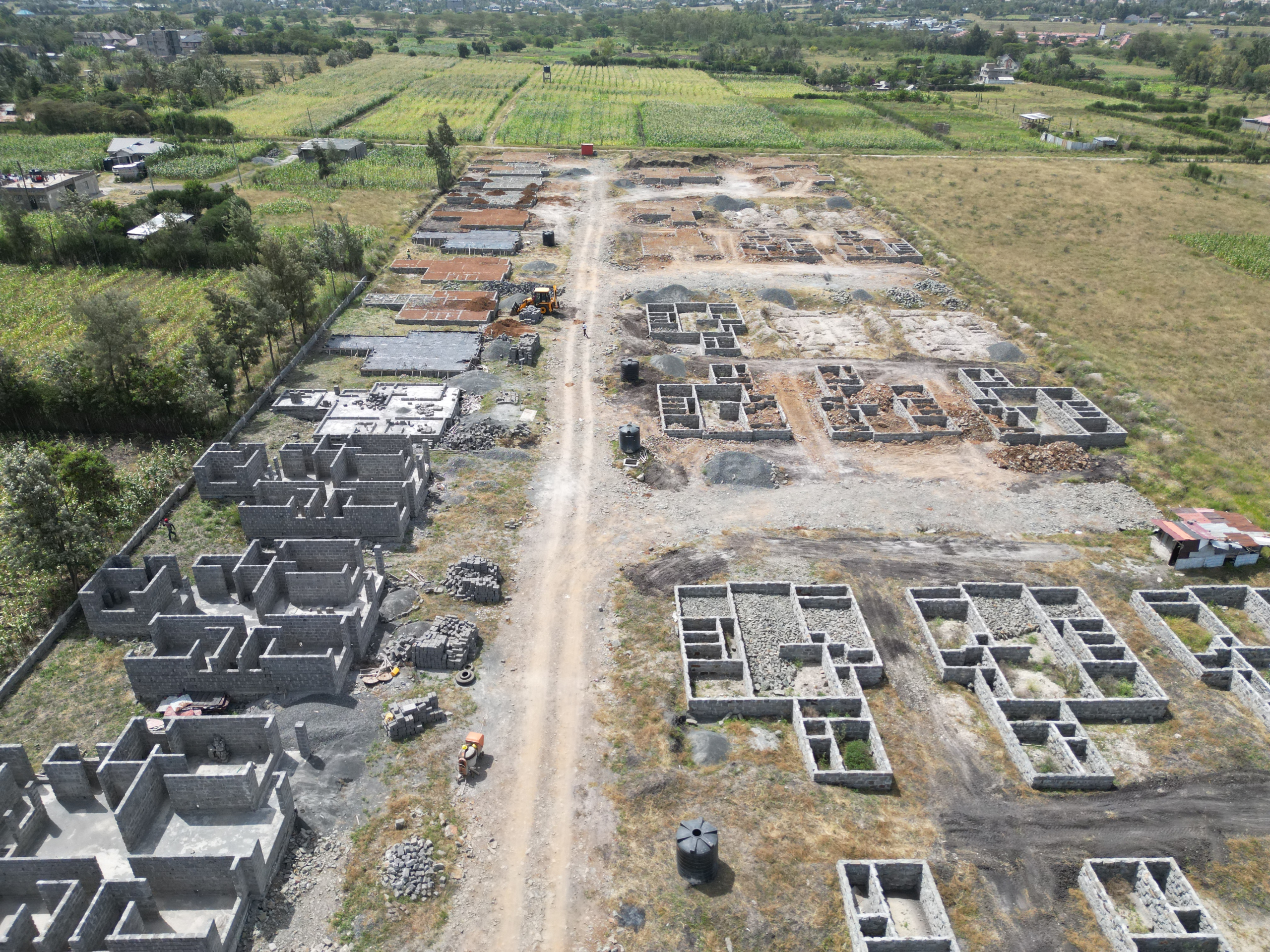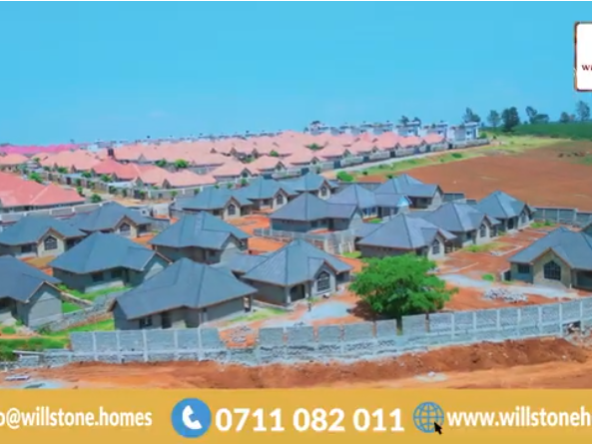Why the Real Estate Boom in Kamulu Could Be Nairobi’s Most Misunderstood Growth Story
As Nairobi’s housing conversation often centers on areas like Ruaka, Syokimau, or Ruiru, a quieter transformation is taking place further east. The Kamulu real estate market has been expanding steadily, yet it remains under the radar in popular discourse. Contrary to the belief that Kamulu is still a speculative frontier, closer analysis reveals a compelling story of infrastructure-led growth, undervalued land, and long-term residential appeal.
The Underrated Location
Kamulu lies along Kangundo Road, a corridor that has quietly evolved into a growth frontier. While traditionally considered too far out, improved road infrastructure has significantly cut commute times to Nairobi’s CBD and surrounding employment zones. The ongoing dualling of Kangundo Road, connecting it more efficiently to Outer Ring Road and the Eastern Bypass, is transforming perceptions. It places Kamulu within plausible commuting distance while offering relatively affordable land compared to hotspots like Juja or Ngong.
Moreover, the opening of new access roads and increased matatu routes is making Kamulu more accessible to the working class and middle-income earners seeking homeownership away from the congestion of inner Nairobi.
Quiet but Real Infrastructure Growth
Unlike areas that rely heavily on hype, Kamulu’s progress is driven by quieter fundamentals. New water lines, the extension of power grids, and increased mobile network coverage are strengthening its liveability. These may not grab headlines, but they matter to end users and developers alike. Real estate markets thrive on infrastructure development, and Kamulu has been laying the groundwork with minimal fanfare.
Additionally, the area has witnessed the mushrooming of private schools, shopping centers, and residential courts. Developers are targeting young families and first-time homeowners who want more space without paying a premium. While gated community culture is still maturing, pockets of organized housing are already in place, providing both short-term returns and long-term appreciation potential.
Read Also: Why Sustainable Housing in Nairobi’s Satellite Towns Is Phasing Out Perimeter Walls
Land Speculation vs. Strategic Investment
Kamulu is often dismissed as a land speculation zone, but that view overlooks the evolving profile of buyers. While there was a phase of rampant speculative buying in the early 2010s, the trend has shifted toward actual residential development. Today, developers are building for occupancy, not just flipping plots. This change is visible in the emergence of maisonettes, bungalows, and mixed-use developments designed for the middle market.
Investors who understand land value cycles are taking note. In places where a 50×100 plot cost KSh 250,000 five years ago, current prices range from KSh 600,000 to over KSh 1.2 million depending on proximity to main roads and services. Yet, these figures remain lower than in Athi River or Kitengela, areas with similar or even less active development pipelines. This pricing mismatch makes Kamulu a classic value play in the Nairobi satellite town ecosystem.
The Appeal to End Users
The Kamulu real estate market isn’t just investor-driven. There’s a real and growing demand from homeowners tired of renting in more crowded estates. The promise of land ownership, lower building costs, and fewer service charges draws those looking to settle down for the long term.
Kamulu offers a semi-rural charm with urban proximity. You can build a three-bedroom bungalow with a garden for less than the cost of a two-bedroom apartment in Roysambu. For those seeking autonomy, space, and a sense of community, Kamulu delivers value in ways high-rise estates cannot.
Read Also: Why the Lang’ata Property Market Is Nairobi’s Smartest Buy-to-Let Opportunity Right Now
Quietly Beating the Odds
When looking at Nairobi’s fringe markets, Kamulu often gets overlooked due to outdated perceptions. Yet, data shows a different story. Land transaction volumes have risen, new Saccos are actively financing housing projects, and youth-led construction businesses are thriving in the area.
Additionally, local banks and micro-financiers are extending credit lines for home building, which speaks to confidence in Kamulu’s future. While the media may highlight more dramatic real estate headlines elsewhere, Kamulu’s story is unfolding through quiet consistency rather than hype cycles.
Risks and Realities
Of course, not everything is rosy. Zoning inconsistencies, lack of central sewage systems, and occasional title deed disputes still affect parts of Kamulu. These are common across emerging suburbs and call for cautious due diligence. However, local authorities are engaging more with resident associations and developers to resolve such issues.
For informed investors and homebuyers, these challenges are manageable and often already priced into current land values. What’s clear is that the foundations for sustainable growth are being laid.
A Contrarian Growth Story
The Kamulu real estate market exemplifies what a misunderstood boom looks like. It’s a slow burn, not a flash. It’s being built not on buzzwords, but on roads, water lines, and family dreams. For those willing to look beyond the mainstream headlines, Kamulu offers an alternative vision of Nairobi’s urban future.
It might not have the gloss of Kiambu Road or the hype of Syokimau, but Kamulu is steadily becoming a suburb of substance. Investors, developers, and homebuyers who recognize this early stand to benefit as the narrative shifts.
The Kamulu real estate market may be one of Nairobi’s best-kept secrets. As infrastructure improves and residential development gains traction, Kamulu is poised for a transformation that many have yet to appreciate.
In a city where speculation often clouds real value, Kamulu stands out as a market where quiet growth meets untapped potential. It deserves more than just a passing glance — it deserves a serious second look from anyone eyeing long-term real estate growth in Nairobi.
Read Also: Thika Road Housing Trends: Why Mini-CBDs Are Reshaping Suburban Nairobi




